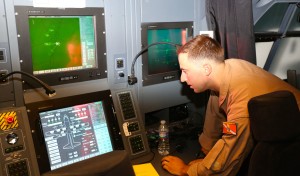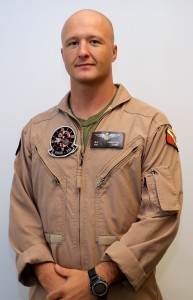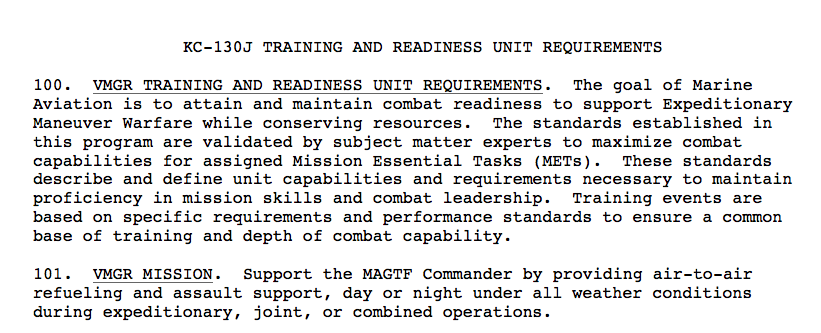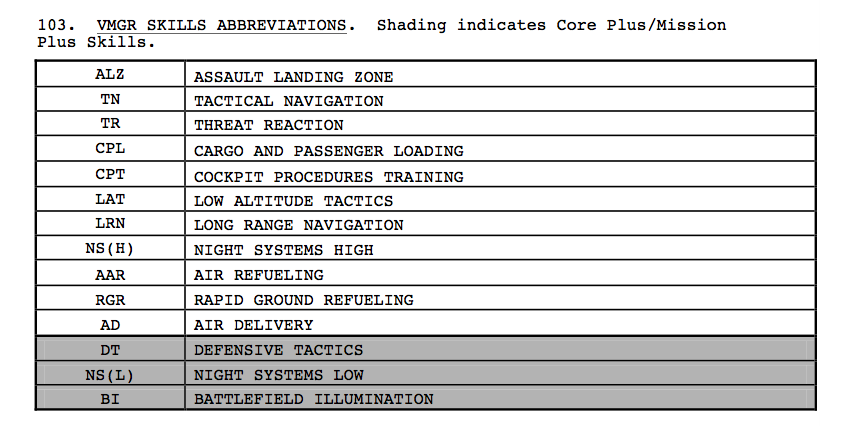2014-07-24 By Robbin Laird
During my visit to 2nd Marine Air Wing in June 2014, I had a chance to meet with several of the members of the VMGR-252 squadron.
In this interview, Major Mark Hamilton, the Operations Officer of the Squadron, talked about the significant demand on the crew to be able to provide for the flexibility demonstrated by the aircraft and essential to USMC expeditionary operations.

As Ed Timperlake reminded us earlier:
As Admiral Nimitz confronted the last century’s challenges he concluded a core lesson for this century’s Pacific warriors:
“Having confronted the Imperial Japanese Navy’s skill, energy, persistence, and courage, Nimitz identified the key to victory: ‘training, TRAINING and M-O-R-E T-R-A-I-N-I-N-G.’ as quoted in Neptunes’s Inferno, The U.S. Navy at Guadalcanal (James D. Hornfischer)”
In the discussion with Major Hamilton, the significant demand which the KC-130J placed on training of the crew, understood as a continuous process of certification and recertification.
As Major Hamilton put it: “It is a highly flexible platform. But to maintain that flexibility requires constant training. You need to train for all the missions and be able to move rapidly from support and execution of battlefield illumination, long range tanking, air drops, or close air support in the case of Harvest Hawk.”

He emphasized that it was a question of learning and re-certifying for each of these missions and having the ability to flip among them in order for the KC-130J to be used in a flexible manner to support the deployed force.
“For example, with regard to flight codes you have 90 days to re-certify for air drop missions and 365 days for battlefield illumination.”
The Harvest Hawk mission introduced a new demand set for the KC-130J crew, namely close air support. The community could draw upon the USMC core competencies for CAS but before Harvest Hawk this competency was not a central piece of the KC-130J mission set.
“We can provide loiter time plus speed that neither fast jets nor UAVs can provide. We give the ground commander another option, namely an asset faster than a UAV with more loiter time than a fast jet.
This option obviously can operate only in a situation of air dominance, and be used in areas where it is appropriate.
But it provides the Marines with another option for the ground commander.”
For a look at the various skill sets and training requirements see the following:
http://www.marines.mil/Portals/59/Publications/NAVMC%203500.53A.pdf
The basic mission of the KC-130J crew as identified in the T and R Manual:

And some of the skill sets required were clearly identified as the T and R manual provided the Acronyms in the Manual:


